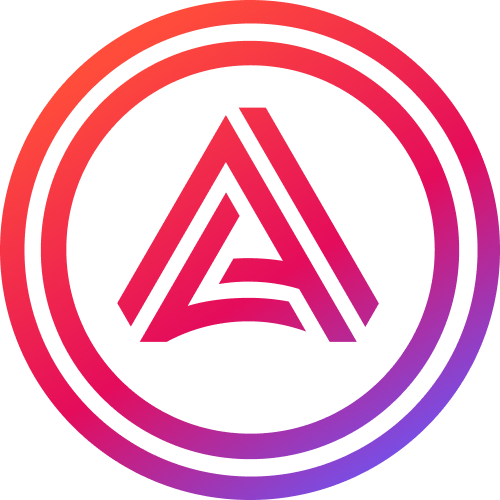Deep Dive
1. Ecosystem Expansion via Aurora Blocks (Bullish Impact)
Overview: Aurora Labs’ incubator program, Aurora Blocks, aims to launch 1,000 EVM-compatible “Virtual Chains” on NEAR by 2025. Recent graduates include tokenized carbon credits (Sproutly) and AI trading platforms (Tradable), signaling real-world utility.
What this means: Successful projects could increase demand for AURORA as a governance and fee token. The 2025 target implies a 10x growth from the current ~100 chains, potentially driving network usage and speculative interest.
Overview: Aurora’s EVM compatibility relies on NEAR’s infrastructure. NEAR saw a 4% price surge in August 2025 amid institutional inflows (Yahoo Finance), but faces competition from Solana and Ethereum L2s.
What this means: Strong NEAR adoption (e.g., 16M weekly users) could spill over into Aurora’s utility. However, Aurora remains a niche player in the crowded L2/L1 space, risking overshadowing by larger ecosystems.
3. Token Burns & Supply Dynamics (Bullish Impact)
Overview: Aurora burned 3,231 tokens in July 2025 (@auroraisnear) – a small but recurring deflationary measure. With 64% of 1B max supply circulating, unlocks from early contributors (vested until 2026) remain a risk.
What this means: Burns offset potential selling pressure from future unlocks. If adoption accelerates, reduced supply could amplify price gains, but macro sell-offs (e.g., staff tax-related liquidations) remain a wild card.
Conclusion
Aurora’s price hinges on delivering its 1,000-chain vision while navigating NEAR’s growth and tokenomics. The 200-day EMA at $0.094 and Fibonacci 23.6% level ($0.109) are key resistance zones to watch. Will developer momentum from the incubator translate into measurable on-chain activity?





 Most Visited
Most Visited Community Sentiment
Community Sentiment Chain Ranking
Chain Ranking Bitcoin Dominance
Bitcoin Dominance Market Cycle Indicators
Market Cycle Indicators Relative Strength Index (RSI)
Relative Strength Index (RSI) Bitcoin Treasuries
Bitcoin Treasuries BNB Treasuries
BNB Treasuries Overall NFT Stats
Overall NFT Stats Upcoming Sales
Upcoming Sales Signals
Signals Trending
Trending New
New Gainers
Gainers Meme Explorer
Meme Explorer Top Traders
Top Traders Feeds
Feeds Lives
Lives Articles
Articles Research
Research